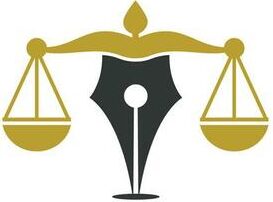Divorce is a significant legal process that marks the end of a marriage and involves various steps and considerations. This article provides a comprehensive guide to the legal process of divorce, outlining each step from initiation to resolution and addressing common questions and concerns along the way.
Filing for Divorce:
The divorce procedure usually starts with one spouse filing a petition for divorce in the relevant court. The petition outlines the grounds for divorce, which may vary depending on jurisdiction but often include irreconcilable differences, adultery, abandonment, or cruelty. The filing spouse, known as the petitioner, must serve the petition to the other spouse, known as the respondent, who then has the opportunity to respond to the allegations.
Discovery and Disclosure:
Once the divorce petition is filed, both spouses are required to disclose financial information, including assets, debts, income, and expenses. This process, known as discovery, ensures transparency and fairness in property division and financial settlements. Both parties may exchange financial documents voluntarily or through formal discovery methods such as interrogatories, requests for production of documents, or depositions.
Negotiation and Settlement:
After completing the discovery process, spouses may attempt to negotiate a settlement agreement addressing issues such as division of marital property, spousal support (alimony), child custody, and child support. Negotiating a settlement allows couples to retain control over the terms of their divorce and may lead to a more amicable and cost-effective resolution. Settlement negotiations may take place informally between the spouses, through mediation facilitated by a neutral third party, or with the assistance of attorneys.
Trial and Final Decree:
If spouses are unable to reach a settlement through negotiation, the divorce case may proceed to trial, where a judge will hear evidence and arguments presented by both parties and render a final judgment. During the trial, each spouse may present witnesses, testify under oath, and cross-examine the opposing party. The judge will consider factors such as the best interests of any children involved, financial circumstances, and contributions to the marriage when making decisions regarding property division, spousal support, and child custody. Once the trial concludes, the judge will issue a final divorce decree, officially ending the marriage and outlining the terms of the divorce settlement.
Conclusion:
The legal process of divorce involves several complex steps, from filing the initial petition to obtaining a final divorce decree. Understanding the legal procedures, rights, and obligations involved in divorce is essential for navigating this challenging process effectively. By seeking legal guidance, communicating openly with the spouse, and prioritizing the best interests of any children involved, divorcing couples can work towards a fair and equitable resolution that allows them to move forward with their lives.

